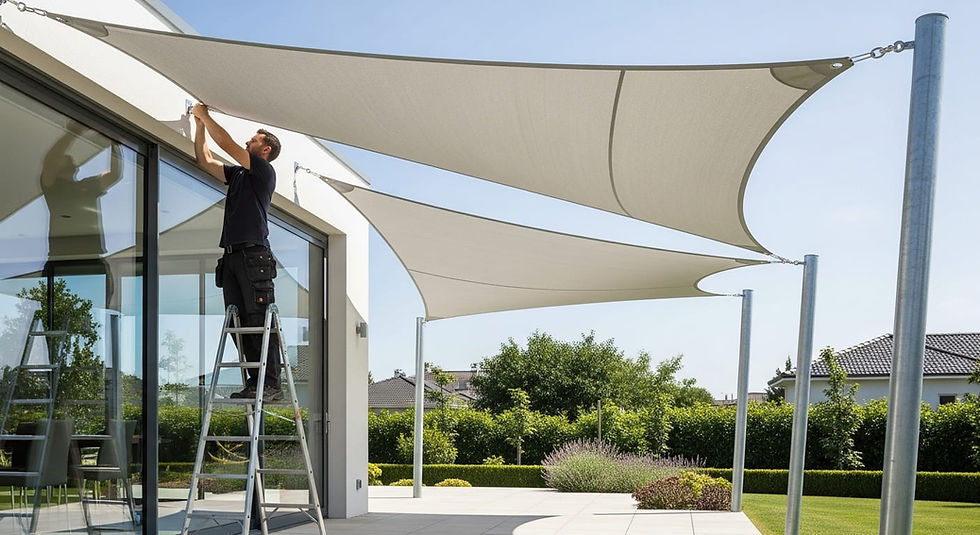All You Need To Know About Directional Drilling
- ameliya lanne
- Apr 26, 2021
- 3 min read
The drilling process is important for oil and gas industry. Most of the companies in this segment have been relying on directional drilling for a long time. There has been a considerable improvement in this technology. The advent of technology has helped in making this technique far more efficient. With the help of drilling sensors and global positioning technology, the results are more precise and accurate and that without impacting the environment.
Tools Used for Directional Drilling:
Whipstocks
Bottom Hole assembly (BHA) configurations
3D measuring devices
Mud motors
Specialized drill bits.
Types of Directional Drilling:
There are 4 types of directional drilling
Horizontal Drilling- this is done to increase the connectivity between the well and the reservoir. Horizontal directional drilling is categorized based on the short radius, medium radius, and long radius. It overcomes the problem of water and gas coning.
Multi-lateral Drilling- this directional drilling method is used where there are tight reservoirs. They are also considered in the case of complex drainage reservoirs this leads to increased exposure and increased productivity.
Extend reach Drilling (ERD) - this directional drilling method is used to look for oil in new places where the extent of drilling limits is unknown. This is considered as environment-friendly directional drilling as it can remove oil from a larger area.
Coiled Tubing Drilling (CTD) – this directional drilling is used to find hydrocarbon in main reservoirs. This is a safe drilling option and also one of the fastest as no pipe is needed.
Why Horizontal Drilling?
Durability- in directional drilling, the contractor uses tough materials with a longer lifespan and great accuracy. HDD allows easier installation under the driveways and riverbeds.
Faster installation- The reason the contractor uses the directional drilling is because of faster installation. There is lesser dirt displacement, which makes the HDD a clean process of drilling.
Lower Cost- Every company wants to save cost, and directional drilling is a cost-effective and faster process of drilling. Also, directional drilling requires less manpower which means one can also save on the labor cost. There is less equipment needed which also saves on the cost.
Less Disruption- as already mentioned that there is a less displacement of soil in horizontal drilling, which also reduces the disruption to the nearby land. Also, you don’t need to dig deep down into the land, which means you can preserve your land.
Location Flexibility- The reason contractors perfect directional drilling is because this method makes the placement of pipes easier, even in tough locations like under the driveway or river beds. Thus making it a highly versatile option.
Less Soil Contamination- In the case of directional drilling, the soil is pushed on the sides rather than bringing it to the surface; there is a lesser chance of soil contamination.
Fewer Permit Issues- Whether you are drilling for residential use or commercial purpose, directional drilling requires a lesser permit issue. Since there is minimal disruption to the soil and the surface, directional drilling is considered a safe and effective measure of drilling.
Conclusion:
With all these benefits, we can conclude that directional drilling is a good choice. However, you need the right contractor who can help you with this task. A professional drilling company will have access to the right set of tools and equipment and will be well-acquainted with all the directional drilling processes. Their workers will be well trained too. They will ensure timely completion of the task, with minimal distortion. Hence, you must always hire a professional directional drilling for this task.



















Comments